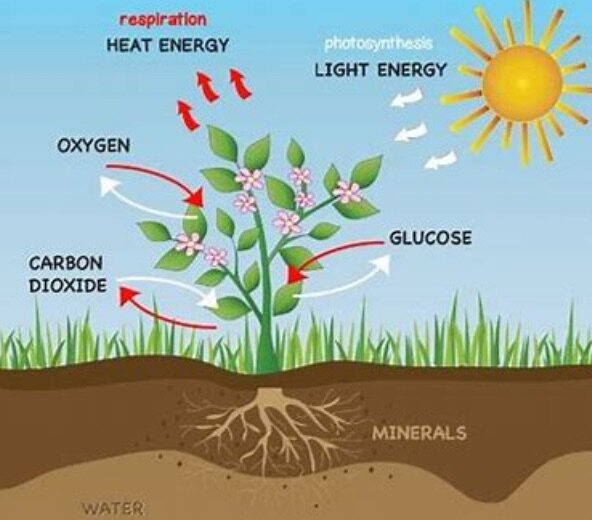
Survival Plants - Medical and Edible Plants You Can Eat in the Wild
When you're looking for survival plants, consider medicinal and edible plants. These will save you from being attacked by pests and other harmful elements. Many of them can be easily grown and harvested. For more information, check out Survival Plants and Trees. There are so many options that you're sure to find something you like. Regardless of your preference, there are many options available for a successful survival garden. Listed below are some of the best choices:
Burdock: This medium-sized plant with a purplish thistle-like flower head is a great survival food source. The roots are best boiled or fried, but you can also eat the leaves or shoots. While the leaves have a bitter taste, you can still eat them. Just make sure to boil them twice. If you don't like the taste, try the stems, which are similar to green vegetables.
Dandelions: Dandelions are an excellent source of survival food. The inner stem can be eaten raw or boiled, depending on the season. Watercress roots are very bitter, so be sure to wash them before you cook them. Bulrushes are another great option for bedding, and you can even layer them on the outside of your shelter to keep warm. Remember, the more of these plants you have, the warmer you'll be.
Whether you're heading to the wilderness for the first time or you're already familiar with the plants and animals that grow there, survival is all about keeping your body temperature within acceptable limits. It's no wonder that people who survive in the wild die from cold and hot temperatures. Getting in touch with nature is a good way to avoid these ills and enjoy a healthier diet. It's a win-win situation for everyone.
Another plant source that can provide calories in a survival situation are fruits. They are plentiful and easy to grow. The rubus berry is difficult to confuse with other berries, but Vaccinium and Ribes berries are easier to spot. During the winter, you can harvest pine nuts, which are easy to prepare and store. To open them, you need to expose them to a source of heat. To avoid ruining them, try cooking them on an open fire.
In the winter, you can also eat dandelion. The leaves can be used to make a tasty tea, but you'll need to wait until the plant starts to grow before you can eat it. You can also eat the flowers, which are edible and can be dried and fermented. Despite their unpleasant taste, dandelion is a very useful plant. Its roots, bark, and fruits are essential for surviving in the wild.
Despite the low price and wide availability, these plants are still very useful for survival. They can be eaten as food. The leaves of a dandelion tree are edible, and if you're lucky, you can use the leaves and branches to make a shelter. If you're in the woods, consider growing hickory saplings for your survival. These plants will also produce seeds and will grow well.
Did you miss our previous article...
https://outdoorsnewswire.com/survivalist/how-to-take-an-ice-bath-and-what-to-wear-in-an-ice-bath
 CampingSurvivalistHuntingFishingExploringHikingPrivacy PolicyTerms And Conditions
CampingSurvivalistHuntingFishingExploringHikingPrivacy PolicyTerms And Conditions
